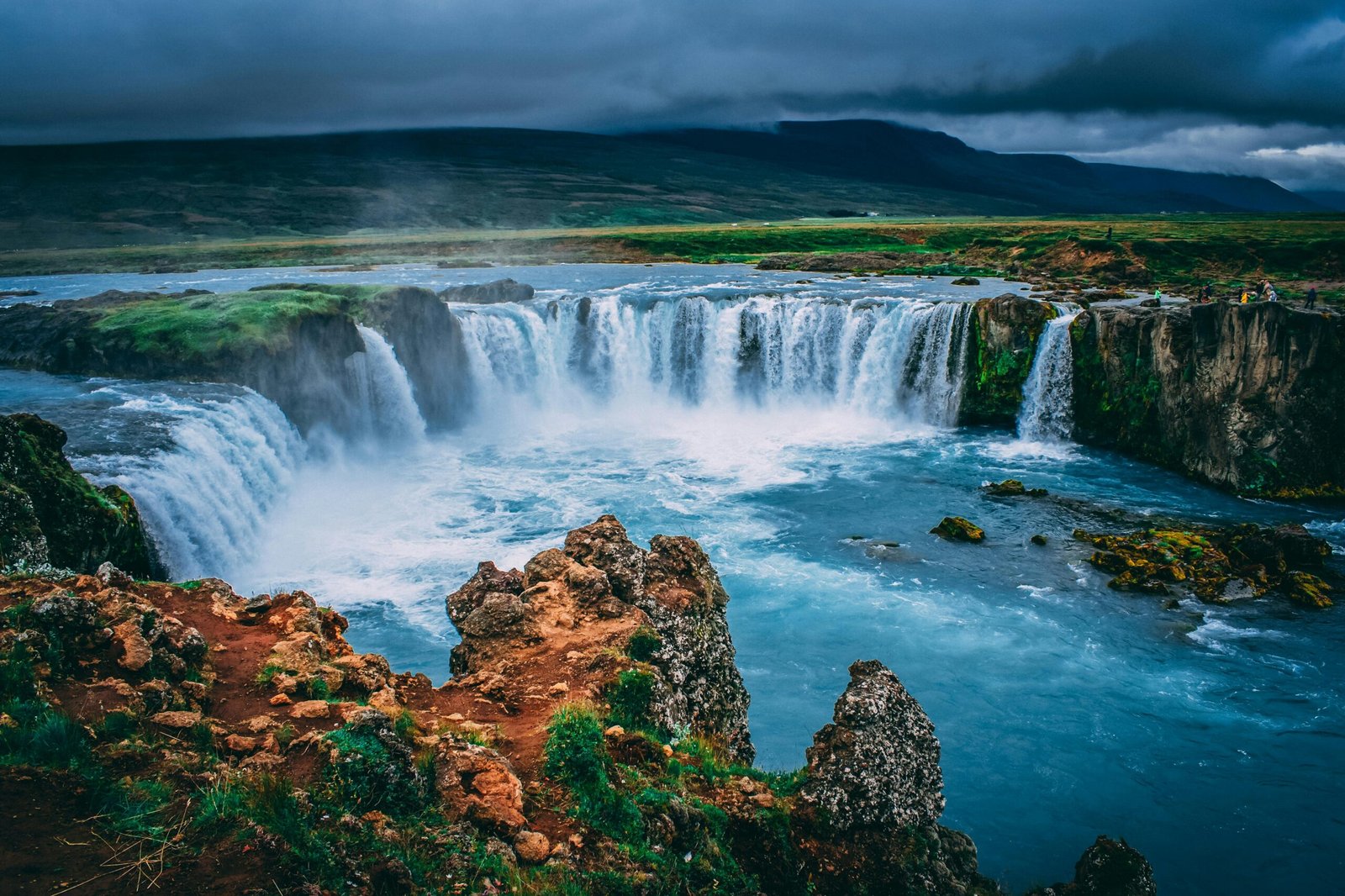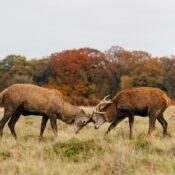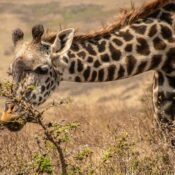
Chasing Waterfalls: Best Hidden Falls to Visit in Tanzania
When people think of Tanzania, visions of the Serengeti, Mount Kilimanjaro, and Zanzibar’s beaches often take center stage. But tucked away in the country’s lush highlands, tropical forests, and volcanic ranges are some of the most breathtaking waterfalls in East Africa—many of them still relatively unknown to the average tourist. These hidden waterfalls offer more than just stunning views; they provide off-the-beaten-path experiences that bring travelers closer to Tanzania’s natural beauty, local culture, and ecological diversity.
Whether you’re an adventure seeker, a photographer, or simply a nature lover, chasing waterfalls in Tanzania is a journey worth taking. Here are some of the best hidden waterfalls you should add to your Tanzanian itinerary.
1. Sanje Waterfalls – Udzungwa Mountains National Park
Sanje Waterfalls, plunging over 170 meters, is the highest waterfall in Tanzania. Located in Udzungwa Mountains National Park, this gem requires a bit of a hike, but the rewards are more than worth the effort. As you ascend through thick rainforest, you’ll likely spot rare monkeys, endemic birds, and vibrant butterflies.
The falls cascade over rocky cliffs into a crystal-clear pool where visitors can swim. The viewpoint offers panoramic views of the Kilombero Valley, especially mesmerizing at sunset. Because of its remote location, the area remains untouched by mass tourism, making the experience feel personal and serene.
2. Materuni Waterfalls – Near Moshi
Just a short drive from Moshi, Materuni Waterfalls are hidden within the Chagga village of the same name. This 70-meter-high waterfall is surrounded by lush green hills, banana plantations, and coffee farms. The trek to the waterfall is relatively easy and often combined with a guided coffee tour through the village.
The cold, misty spray of the falls provides welcome relief after your walk, and the setting is perfect for a picnic or a refreshing swim. The cultural immersion with the Chagga people adds an enriching dimension to your visit, making Materuni a favorite among eco-conscious and curious travelers.
3. Napuru Waterfall – Arusha Outskirts
Tucked away in the verdant foothills of Mount Meru, Napuru Waterfall is one of Arusha’s best-kept secrets. This waterfall requires a moderate hike through forested paths, local farms, and steep ridges. The falls themselves are narrow but powerful, set against mossy rock faces and shaded by a dense canopy.
Unlike more commercialized spots, Napuru remains under the radar, offering quiet solitude for those looking to escape the bustle of Arusha. The journey to Napuru also allows you to experience daily life in rural Tanzania, complete with friendly greetings from local children and farmers.
4. Kilasia Waterfalls – Marangu Village
Marangu is best known as one of the starting points for climbing Mount Kilimanjaro, but few visitors realize that the village is also home to the enchanting Kilasia Waterfalls. These falls are surrounded by a forest of fig trees, ferns, and orchids, making the trail feel like something out of a storybook.
The Chagga people who inhabit the area share fascinating stories and legends about the waterfall, and some tours include traditional lunch and banana beer tasting. It’s a great place for a short trek and a cultural deep-dive just an hour’s drive from Moshi.
5. Kisasa Waterfalls – Tanga Region
Hidden in the lush Usambara Mountains, Kisasa Waterfalls are a paradise for those who love off-grid travel. Getting there involves a scenic hike through tea plantations, forested hills, and small villages in the Lushoto district.
Once you arrive, you’re greeted by a thundering cascade pouring into a deep, tranquil pool surrounded by dramatic cliffs and mossy rocks. The journey is as magical as the destination, with breathtaking views along the way. These falls are still largely untouched by mainstream tourism, perfect for those looking for raw and wild beauty.
6. Ndoro Waterfalls – Rombo District
Located near the border with Kenya, Ndoro Waterfalls is a peaceful hideaway in the foothills of Mount Kilimanjaro. The trail to the waterfall is lined with indigenous flora, coffee plantations, and panoramic views of the surrounding countryside.
Ndoro is less crowded than its neighbor, Materuni, and ideal for a quiet, romantic escape. The cool water and shaded trails make it a great place to unwind. Local guides from the village offer affordable, informative tours, enhancing the sense of community-based tourism.
Why You Should Chase Waterfalls in Tanzania
- Eco-Tourism Appeal: Many of these waterfalls are part of community-managed ecotourism initiatives. Visiting them directly supports local livelihoods and conservation efforts.
- Authentic Encounters: Hidden waterfalls are often tucked within traditional villages, giving you a chance to engage with Tanzania’s rich cultural diversity.
- Less Crowded, More Serene: Unlike safari parks and famous beaches, these waterfalls often have few visitors, allowing you to enjoy nature without the crowds.
- Adventure and Exploration: The hikes to these waterfalls range from easy to moderate, making them accessible to most fitness levels while still offering a touch of adventure.
Travel Tips for Waterfall Chasers
- Hire Local Guides: Not only do they know the best paths and stories, but your support also contributes to local economies.
- Wear Proper Footwear: Trails can be muddy or slippery, especially during the rainy season.
- Bring Swimwear and Towels: Most of these waterfalls have natural pools perfect for a dip.
- Respect Nature and Communities: Take only pictures, leave only footprints.
Final Thoughts
Tanzania’s hidden waterfalls are more than just pretty sights—they are windows into the country’s ecological richness, cultural heritage, and untamed beauty. As you chase these waterfalls, you’ll find yourself falling for a side of Tanzania few ever get to see. So next time you plan a Tanzanian adventure, don’t just look up to the mountains or out to the savannah—look for the flowing wonders hidden in between.




